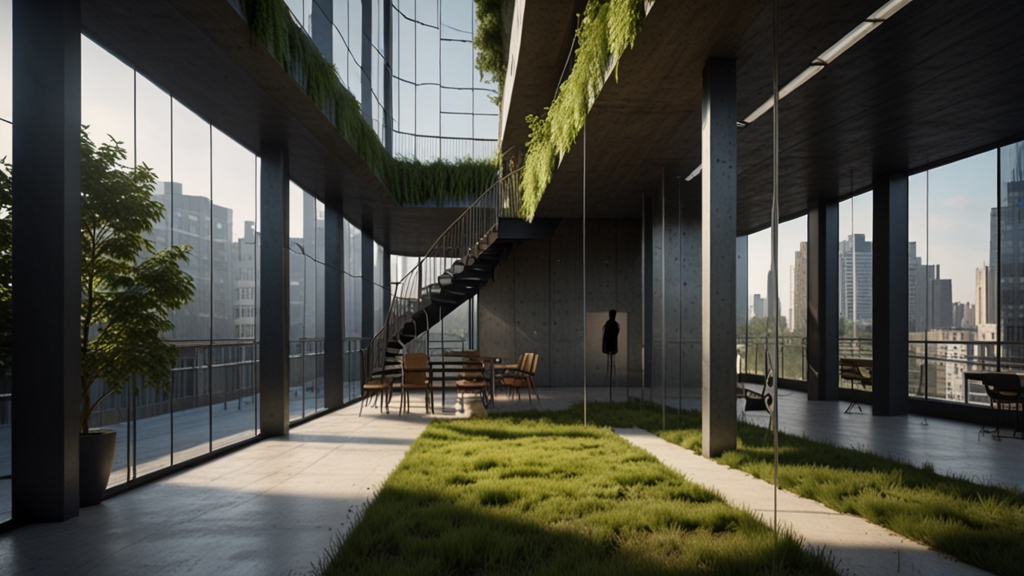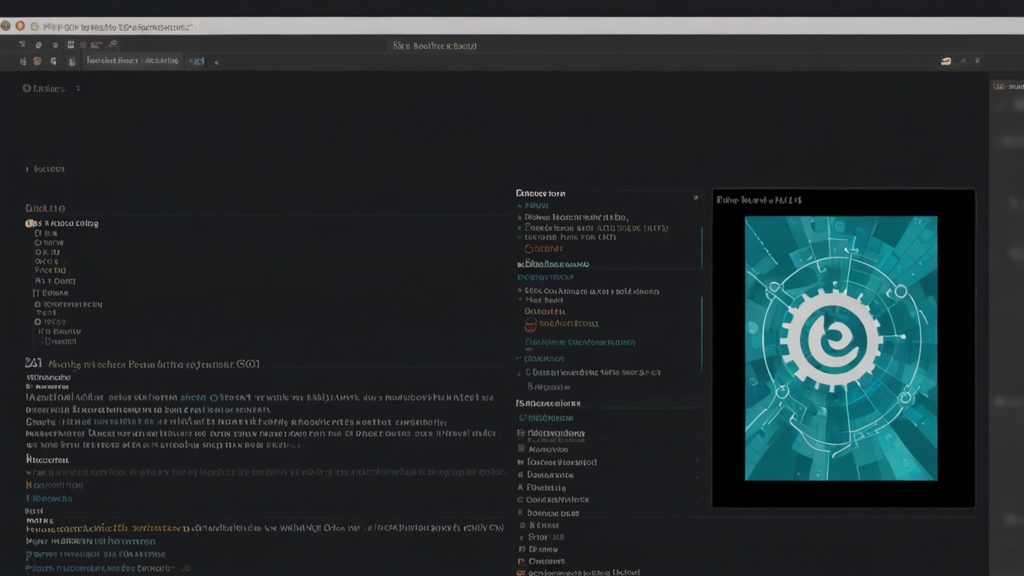Building for Tomorrow: Sustainable Practices in Web Development
In an era where climate change and environmental sustainability dominate global conversations, the web development community is also stepping up to address its ecological footprint. While the digital world may not seem as tangible in terms of environmental impact, the reality is that the web has a significant carbon footprint, from energy-hungry data centers to the electricity consumed by users' devices. Therefore, embracing sustainable practices in web development is not just a trend but a necessity for building a better tomorrow.
The Environmental Impact of the Web
Before delving into sustainable practices, it’s essential to understand the environmental impact of web activities. According to studies, the internet is responsible for around 3.7% of global greenhouse gas emissions, which is comparable to the airline industry. Data centers, network infrastructures, and end-user devices all contribute to this carbon footprint. The average webpage size has exponentially increased over the years, demanding more energy for data processing and transmission.
"Adopting sustainable web development practices is not just an ethical choice; it’s also cost-effective in the long run." - Jane Doe, Environmental Technologist
Sustainable Web Design
Sustainable web design focuses on reducing the resources needed to load and run a website. This can be achieved by optimizing images, minimizing code, and leveraging browser caching. Utilizing modern, lightweight frameworks and ensuring that the website is fully responsive can significantly cut down on the energy expended to render pages on various devices.
Efficient Coding Practices
Writing efficient code is another cornerstone of sustainable web development. Efficient algorithms require less processing power and reduce server load, decreasing overall energy consumption. Using asynchronous loading and lazy loading for images can also help manage resource use more effectively.
"Developers should think of themselves as stewards of the web. Efficiency in code and design equates to efficiency in energy use." - John Smith, Senior Web Developer
Green Hosting Services
Opting for green hosting services can make a significant impact. These services run on renewable energy sources and often have advanced mechanisms for optimizing server energy use. Green hosting can be a powerful tool for reducing the carbon emissions associated with running large-scale websites and applications.
Content Delivery Networks (CDNs)
Using CDNs can make web applications faster and more efficient. CDNs distribute content geographically, reducing the distance data must travel. This not only speeds up loading times for users but also lessens the energy consumed in data transmission.
Embracing Progressive Web Apps (PWAs)
PWAs offer a dynamic, app-like experience while being much lighter than traditional native apps. They consume fewer resources and enable offline capabilities, reducing the need for constant data exchanges with servers.
Monitoring and Analytics
Understanding your website's energy consumption can guide optimization efforts. Tools such as Google's Lighthouse can provide insights into performance metrics and suggest improvements. Regular monitoring ensures that the implemented practices continually contribute to sustainability.
"Sustainability in web development is a journey, not a destination. Continuous improvement is key." - Alice Green, Web Sustainability Expert
The Way Forward
The push towards sustainable web development is gaining momentum, driven by both legislative pressures and growing consumer awareness. As developers, we have the unique opportunity to innovate and create digital experiences that are not only engaging but also environmentally responsible.
By adopting these sustainable practices, we can minimize our impact on the planet while delivering fast, efficient, and inclusive digital experiences. Building for tomorrow means being conscious of the choices we make today, ensuring that the web remains a force for good in our path toward a sustainable future.









